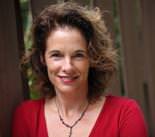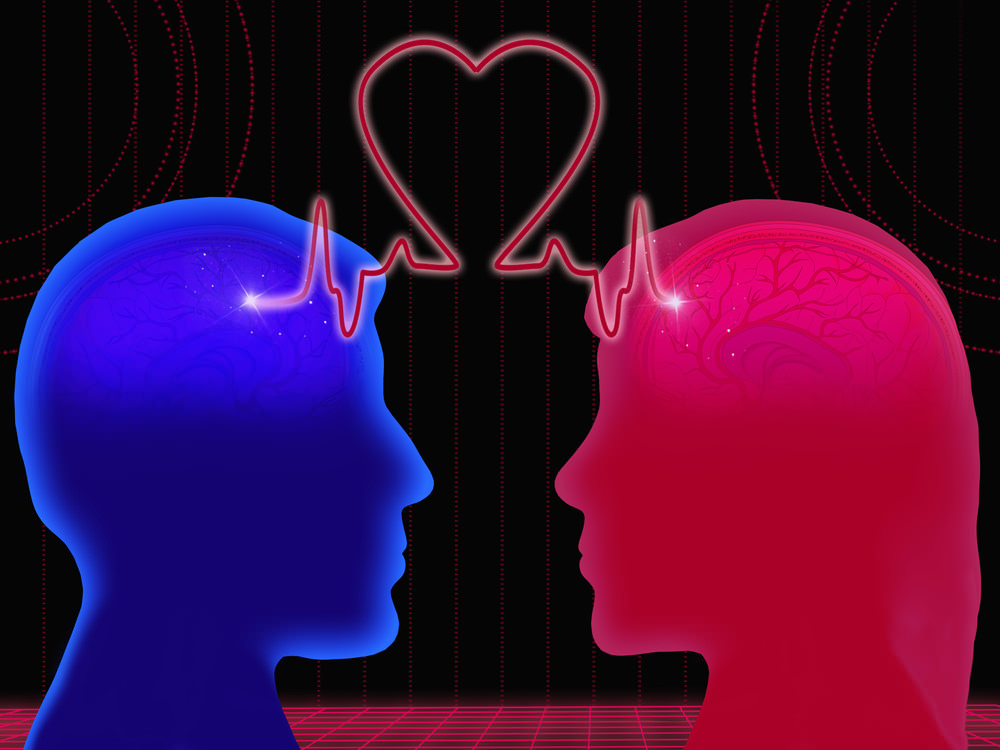

“Wow, that was a conversation that could have significantly changed the way we relate to each other. Instead, your deep listening allowed for me to experience insight into something I am still carrying around and had no idea how it was impacting my perception of things,” I announced enthusiastically, while still hugging on my dear friend and colleague, Mark. Mark, in his gentle way just smiled at me warmly.
This insight came while I was practicing a nonviolent communication exercise (Rosenberg, 2003) at the Chopra Center with Mark. And since we were at the Chopra Center, where we were also studying the science behind Ayurveda medicine, meditation, and this thing called consciousness, our exercise had a “Chopra Center” twist to it. The twist was to practice observing your thoughts and feelings of what you were hearing and what you were saying after having spent time in meditation (complete with electroencephalograms – EEG – to measures and record the electrical activity of the brain), so as to gain a deeper insight into how all of this may be influencing our perspectives of what we hear and say.
During the discussion, Mark was sharing a deeply personal story about how a very specific Irish mythological figure (appropriate for him as he is from Ireland) influences the way he leads and responds to crisis. He was telling me how this figure is similar to Robin Hood, yet the figure is even fiercer in the manner in which he served the needy and he was both feared and respected throughout the land. Furthermore, this Irish mythical figure was known to have fallen in the field in battle, yet he was still holding his sword and shield in a defensive posture after he had died (apparently, he had tied himself to a rock in this pose just before he died). As such, people were afraid to approach this figure for even when they thought he was dead; they were afraid he might still lash out at them and kill them.
After Mark shared this story with me in greater detail and with much more heart than I have done it justice, my jaw was hanging open. I was speechless. I was thinking to myself that I couldn’t believe that this very compassionate man who spends 14-24 hour shifts at a time as a doctor in critical care units was identifying with a fierce warrior and one who even after death, was still holding a sword and shield keeping people away. I apparently stared at Mark for quite some time when he asked me if I was OK?
“Uh,” I articulately responded, “do you want me to slide a little farther away from you.”
He looked at me quizzically and with his charming Irish accent, he asked me why I would ask such a thing.
I told him that I didn’t realize that his time witnessing the conflicts of Northern Ireland when he was a boy and then later witnessing Apartheid in South Africa had influenced the way he leads. I wondered if his sword and shield were keeping people away and if he would feel better if I moved a little farther away from him as he communicated right now.
Mark stared at me blankly for just a moment and then burst into laughter exclaiming, “That is all you, Marilee. That is all you. This mythological figure is from my homeland and I admire this legendary figure for the manner in which he courageously and boldly fought for those who needed someone to fight for them. I embody him when I defend what my patients and their families need to cope with crisis. How on earth did you get that interpretation from what I shared?”
I looked at Mark blankly for a moment and then reminded myself of what we were to be practicing. I asked for us to both breathe deeply as I scanned my body to check to see if his words were true. I wanted to see what my body had to say if it was indeed me who was not aware of an emotion that may be influencing our misunderstanding and not him. Take three deep breaths, I scanned my body without judgment of what I may find to see if it was indeed a past experience, currently not present in my conscious awareness, that had influenced me.
After the third breath, there it was, ever so faintly, a slight burning sensation in my solar plexus. Yes, yes, his words felt true. As I focused on the burning sensation in my solar plexus and continued to breathe, I identified the name for the memory/series of memories that had now just moved to my consciousness. I named the memory: abandonment. This now-named memory that had found its home in my solar plexus and was not present on my mind had led to my misinterpretation of his words. In keeping with our practice, I set “abandonment” aside to process later. For now, I would focus back upon our conversation.
Following the rest of our exercise, I thanked Mark for his brilliant awareness that allowed me to discover something about who I am and who I am becoming while we were simply practicing nonviolent communication. If he had not checked in for my understanding of what he said in a manner that allowed me to let him know in detail what I understood, we would have never realized that I had something not present in my conscious awareness that was influencing my interpretation of his emotional story.
When inquiring into yourself, practice listening to your body. The sensations of the body hold powerful intelligences and they can be accessed more easily when we pause our conversation for just a moment to breathe deeply and ask our body to reveal to us what our minds may not yet be aware of – powerful practice indeed!
Namaste!
Click here to read more MeaningfulWomen.com articles by Marilee Bresciani.
Marilee J. Bresciani, Ph.D., is a professor of higher education and the Founder of Rushing to Yoga Foundation. Her now more than 24 years of professional work has been committed to changing the way that America talks about quality of higher education. In order to keep from going crazy about trying to get the American public to care about what students are actually learning and how they are developing, rather than other indicators that have nothing to do with that, she has engaged in yoga, meditation, and self-referral. Marilee’s mantra is “I teach what I need to learn.”
Reference
Rosenburg, M.B. (2003). Nonviolent communication: A language of life, 2nd edition. Encinitas, CA: Puddle Dancer Press.




Be the first to comment